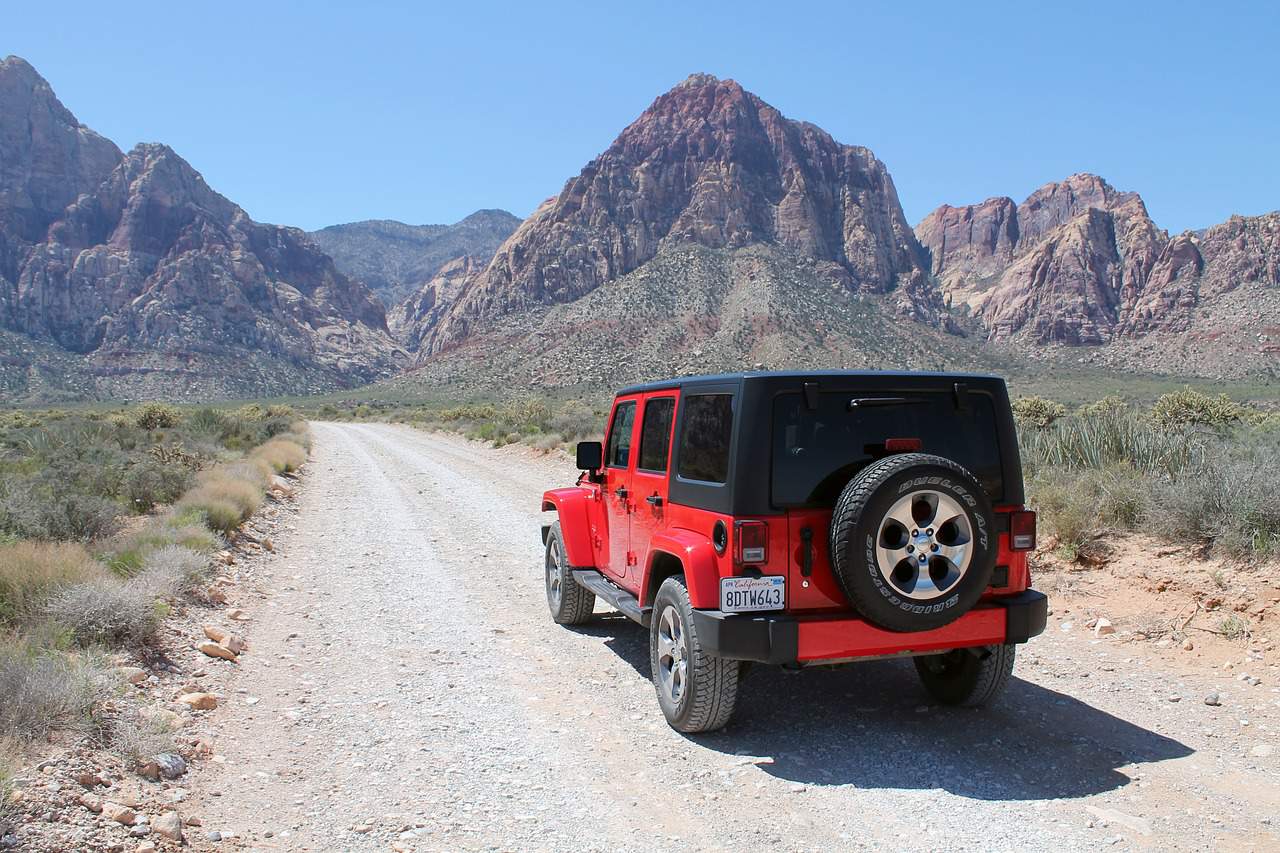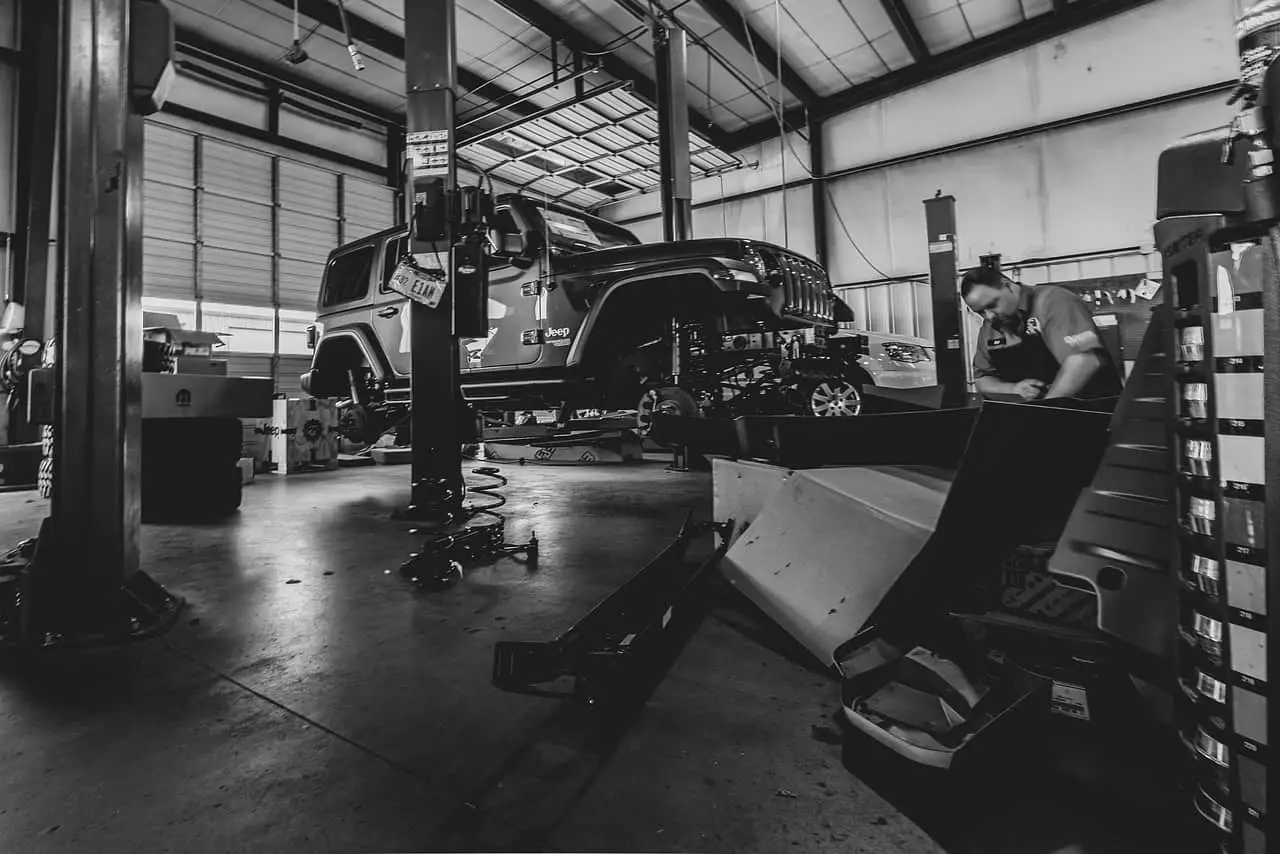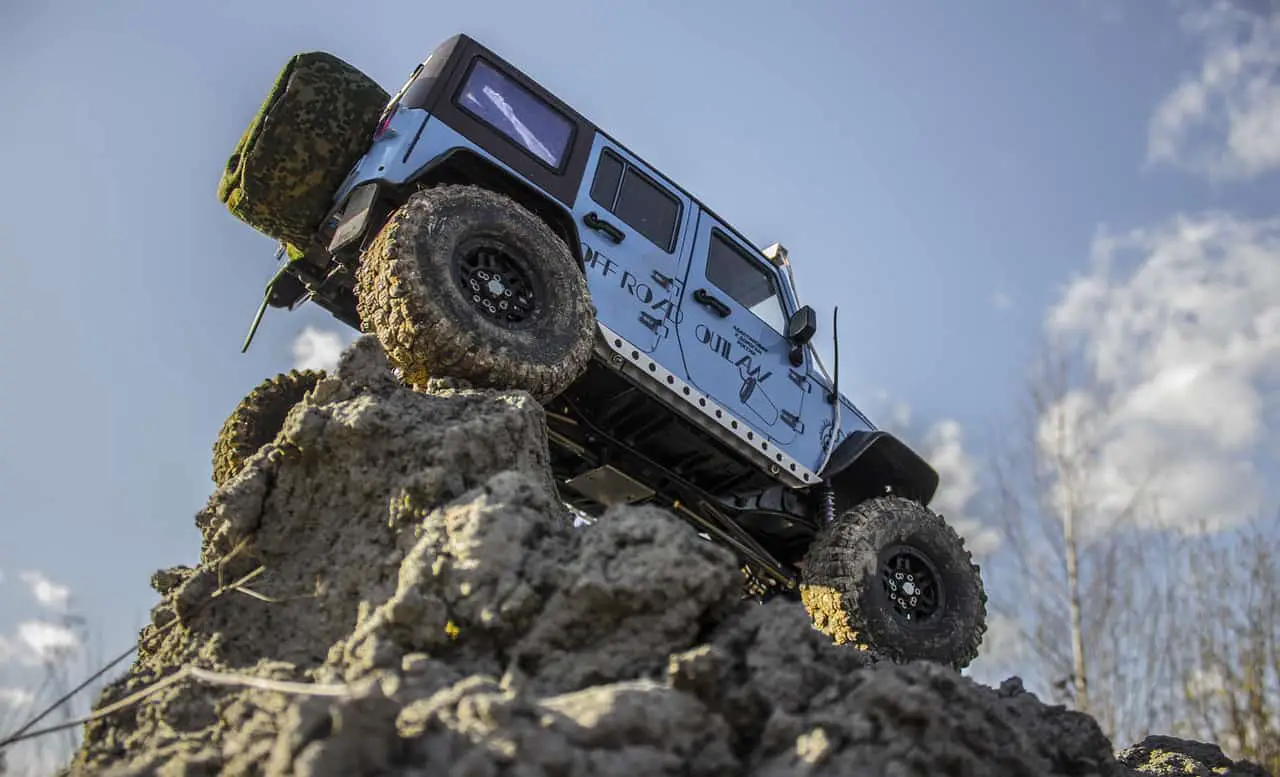Purchasing a vehicle is often seen as a relatively long term investment. When you are buying a vehicle, you are expecting that you will use it for about 5-10 years before it requires major upgrades.
A car with a long service life will not only cut down on maintenance costs, but it will also have a good resale value. However, a long service life doesn’t necessarily mean that the car will last for long.
Regular maintenance and proper use will ensure that you get to use your car for long. Very few cars can match the Jeep Wrangler in terms of durability.
This is a car that has one of the lowest depreciation rates. Almost everywhere you go you are likely to see an old Jeep Wrangler that is in good condition.
Jeep Wranglers are known for their rugged look, which allows them to drive through a wide range of rough terrain. Due to this, Jeep Wranglers are designed to handle these tough conditions.
These are vehicles that have been around since World War II. They were designed for use in war, and although the designs have changed over the years, the quality, as well as longevity, have remained constant.

Is the Jeep Wrangler Long-lasting?
Yes, the Jeep Wrangler is long-lasting and can for several decades. However, the key to such a long life is regular maintenance and safe driving.
You don’t expect to drive haphazardly and enjoy the same longevity as someone who’s cautious. A well maintained Jeep Wrangler can run for about 400,000 miles.
The mileage could go higher or lower depending on the level of maintenance. Most Jeep Wranglers will go past 250,000 miles if well taken care of. So, how do you ensure that it will last long?
Jeep Wranglers are often perceived as high maintenance vehicles, which is false. All it takes is for you to understand the key parts that wear and tear easily and focus your regular maintenance on the said parts.
The average annual maintenance costs are $450. These key parts include:
1. Oil Change
The recommended interval for an oil change is after 4000 miles. Fortunately, the Jeep Wrangler has an oil change indicator that notifies you when your oil needs changing.
Depending on how often and hard you drive your vehicle you can change the oil after every 4,000-7,500 miles. Also, remember to change the filter as you change the oil.
While doing so, get the tires checked and have them rebalanced and rotated. This allows for even wear and tear of the tires.
Thus you get to use them for longer. Change the filter after every 20,000 miles. Rebalance the tires after every 6,000-8,000 miles.
Remember to check the wheel alignment when changing the wheels. Speaking of wheel alignment, it should be conducted after every 20,000 miles.
2. Brake Repairs
Conduct regular brake system inspection, and in case you hear a squeaky noise every time you engage the brakes, check which part requires replacement.
The brake pads will require replacement after about 40,000 miles. Remember to inspect the parking brake as well as the brake linings. Replace the parts that are worn out.

3. Battery
Car batteries are often overlooked during an inspection, especially if the car is running just fine. Batteries often last for about 4-5 years but can last longer if well maintained.
Battery maintenance involves cleaning the battery terminals and securing the cables tightly to the battery. Tighten any loose terminals, and you will get more years of service.
4. Engine
The engine is considered the heart of the vehicle; thus should be in proper working condition. Check the drive belt, engine timing belt, and hose every 20,000 miles.
Consider replacing these parts after 50,000- 80,000 miles. Ensure that every single part of the engine is fully functional and running smoothly.
Also, use the recommended engine oil as it plays a critical part in how your engine runs. Preferably, choose an engine oil that has friction-reducing additives.
5. Rust
The Jeep Wrangler has managed to maintain its core design over the years. The design comprises of a lot of metal parts which are vulnerable to rust.
Regularly inspect your car, especially the bottom parts. These parts often come across moisture and water as you cruise through the different terrains.
Therefore, inspect the bottom of your car and replace any parts that seem to be weakening. In addition to the above maintenance and inspection, ensure that you replace your cabin filter and air conditioning after every 20,000 miles.
Inspect the universal joints, CV as well as the transfer case fluid. Inspect the brake linings, front suspension, parking brake, and tie rod ends.

Don’t forget to inspect the front plus rear axle fluid. Once you clock 40,000 miles, it’s time to replace that axle fluid, especially if you are using the Jeep Wrangler for heavy lifting.
Also, change the cabin air filter. At 100,000 miles, inspect the belts and replace those that are worn out. Aside from these maintenance routines, always check the tire pressure before hitting that off-road terrain.
While on your off-road terrain, if you come across a puddle of water that is high enough to cover the wheel hubs, be sure to replace the differential fluids.
Traveling off-road is likely to knock your wheels out of alignment thus ensure that they are aligned after every three months.
Also, be sure to clean the drum brakes thoroughly to remove mud or snow that might be stuck in the brakes. Mud and snow in your brakes could significantly affect the stopping power.
You can also visit Your Jeep Guide article on “Jeep Wrangler Oil Types”.
Final Thoughts
Investing in a Jeep Wrangler is considered a lifestyle or an image choice thus it’s not your everyday car. It has an insane level of customization, which allows you to swap parts for more durable parts thus increasing its longevity and make it more secure.
You can find a 97 Wrangler with over 250, 000 miles and run as good as new. With proper maintenance, the Jeep Wrangler can offer to peek off-road performance that is reliable for more than 20 years.
And thanks to its low depreciation rate, the Jeep Wrangler maintains its value over time. The best way to mitigate depreciation is by regular maintenance. It all revolves around maintenance. The better you maintain your Jeep, the longer you will use it.
Who Worked on This?

Brian
Editor
A master of organization, Brian helps keep everything running smoothly for Your Jeep Guide.
No Jeep yet but we’re working on that!

Cory
Writer
Cory loves his XJ and frequently thrashes it through the hills. He’s constantly fixing something.
“What fenders?”
Check Us Out!
